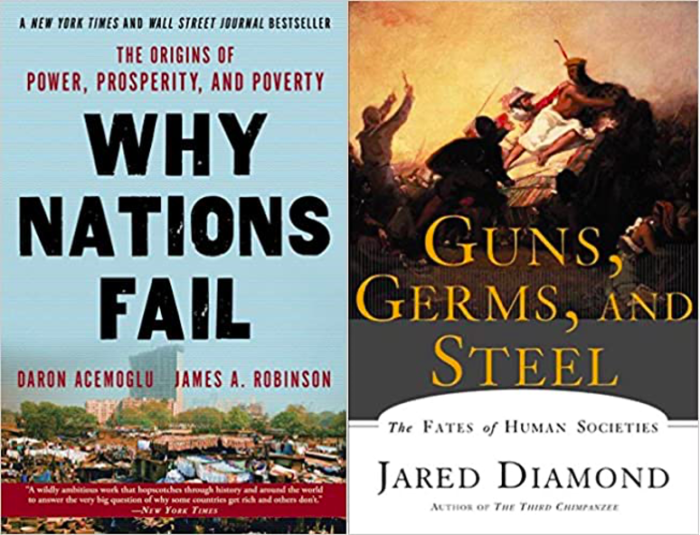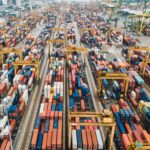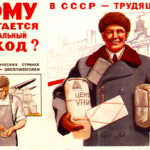Two Opposing Views
The reason why it is primarily Western Europe and her offspring that are the richest countries in the world today is because of the geographic advantages it had over the rest of the world. At least this is the explanation offered by Jared Diamond’s Guns, Germs, and Steel. On the other hand, Why Nations Fail by Daron Acemoglu and James Robinson, argues that it is because of institutions, and NOT geography that countries around the world are either rich or poor today. These seem like contradictory views, and in their public debates, it’s clear the authors perceive them as being such, so which is it?
The Evidence for Each
Evidence we have indicates that both are true to some degree. After all, where do institutions come from? Do they form in a vacuum or is it possible that geography, culture, and other factors influence their formation?
Geography Affected the Formation of Countries
In fact, we have plenty of evidence that geography and institutions are heavily interrelated. Consider the role of geography in the formation of multiple states in Europe as opposed to one centralized state in China. Europe is divided by many natural barriers like mountain ranges, bodies of water, and historically by forests that prevented a ruler from easily uniting it. China, not only has less natural barriers, but is interconnected with the Yellow and Yangtze rivers.
Europe’s division of power certainly played a role in its steady progress towards inclusive institutions. Rulers had to compete with one another for power and military might and were prevented from clamping down on their people and innovations as much as they may have liked. China on the other hand destroyed its huge fleets on a whim of its imperial court – giving up its technological lead and stagnating for next several hundred years. Innovators in China were stuck, in Europe they could try and go to another country, as many did.
Geography Linked to Institutions
The work of Olsson and Paik sheds additional light on this debate, finding, that historically, the places that transitioned to agriculture the earliest in the Middle East and Europe, are also the places that have the most autocratic institutions and today are the poorest. Indeed, that the Middle East is one of the poorer areas in the region today runs opposite to the hypothesis of Gun, Germs, and Steel which argues that an earlier transition to agriculture leads to greater wealth. After telling us that this happened first in the fertile crescent, Diamond doesn’t really tell us why it’s one of the poorer areas in the region.
A Combined View is More Helpful
Thus, while Guns, Germs, and Steel is an insightful book in describing the impact of geography on the modern world, it paints with too broad a brush in trying to ascribe the explanation exclusively to this. Likewise, Why Nations Fail sees the world exclusively through the lens of institutions. Marrying the two together produces a much better understanding of the historical reasons for the way the world is the way it is. In short, geography was hugely important in determining institutions, and institutions are the mechanism by which countries grow rich or stay poor.
For more on this topic see:



